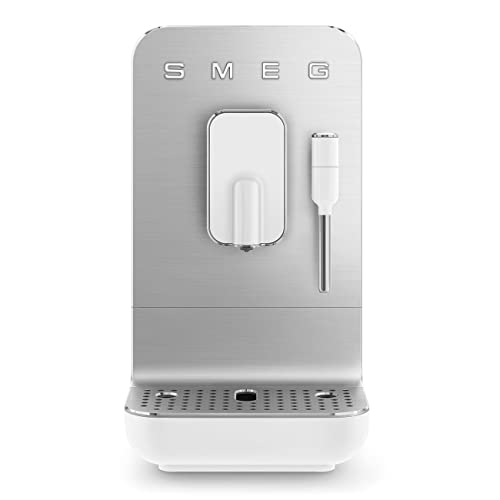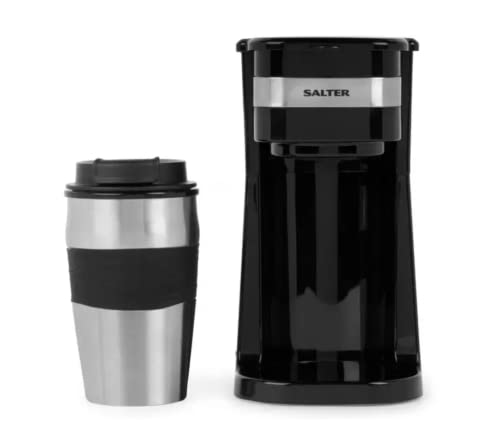The 10 Most Terrifying Things About Coffee Machine For Home
Buying a Coffee Machine For Home
If you're planning to purchase a coffee machine for your home it's worth investing in accessories like a tamping pad and a set of coffee scoops. You'll have to stock your milk and beans.

This semiautomatic system combines the user-friendly assisted tapping and auto-dosing of the 2022 Barista Touch Impress with a milk frothing wand for an elegant set-up that will take your at-home coffee to new levels. It's also smart, as it connects to Alexa and using geofencing technology.
Filter coffee machines
Perhaps the most well-known type of coffee machine for the home Filter machines heat water and let it go through ground coffee before returning to the pot. This creates a strong smooth and smooth concentrate that is then dilute and served in a separate carafe. They are easy to use and come with a large glass pot which can hold a number of cups. This is ideal for families or groups of friends. They also tend to have lower costs than other models, which can make them a good choice for those who are on a tight budget.
Most models of this type feature a compartment that holds the ground coffee, and an upward-facing tube that rises from the bottom of the container. The water is heated by a resistive element and an aluminum heating tube and then it passes through the coffee grounds before dripping into the container below. The reservoir typically holds plenty of water, and it can be filled again to keep the cycle going.
A lot of coffee makers feature a one-way valve. This stops cold water from returning into the bucket, and mixing with the heated water. This reduces energy wastage, and it also helps keep the water hot for a long time. A majority of these devices have a metal warming plate which can also help to keep the water hot for some time.
If you are using filter machines, you will need to measure your preferred amount of coffee into the filter, and then start the brewing process. Most coffee makers require a ratio of around two tablespoons of ground coffee for each six ounces of water. However, it's always best to check the instructions of the manufacturer before making a decision on a specific ratio.
After you've added the ground coffee and water to the tank, it's a good idea to let it sit for a few minutes to allow the
coffee machines industrial to expand and bloom that is when the beans release their flavor and aroma. Pour the remaining water in a circular fashion over the grounds of the coffee and wait for it to be making.
Like other types of coffee machines filter coffee makers may sometimes experience problems. It's important to keep them clean to prevent the build-up of hard water deposits as well as other contaminants, which can block the tubes and alter the flavor of the coffee that is produced. Cleaning should be easy and quick as most of the components can be cleaned using the dishwasher. The most common issue is that the tube between the aluminum heating tube and the cold-water tube may block, so it's recommended to clean this regularly as well. If you're having issues with your coffee maker, it could be worth trying running vinegar through the machine before trying to make any repairs that are more extensive.
Espresso machines
Espresso is a well-loved coffee drink. It has seen a huge boom in the last decade. You can now find an espresso machine in nearly every cafe or restaurant, and many people enjoy making their own at home. Although the machines at home aren't as powerful and large as those used in restaurants, they function with the same basic principles. You can master the brewing process to create a variety of espresso drinks.
A basic espresso machine for home use will include a portafilter, a heater and a valve that can let steam out. When you turn on the machine, it will begin heating the water to a suitable temperature to make espresso. Once it's done, you'll need to place the espresso you have ground into the basket and press it down. Then, you will add a portafilter lid and an espresso filter to the machine. The water will be pushed through the grounds by an electric pump. The water pressure that is created by pushing the grounds through creates an intense espresso. You can add milk to the drink to make a cappuccino, or macchiato.
If you purchase an espresso maker, consider buying a good grinder for your beans and an milk frother if intend to make lattes or cappuccinos. You will also want to ensure that you have espresso cups and a cleaning brush for the machine. You may also require a tamping pad for your portafilter.
You can use your espresso machine to make other types of coffee, too. You should be aware that the process can take longer and the result could be less than ideal. Make sure to use a coffee that is labeled as espresso to get the best results.
The size of your boiler as well as the pressure of your machine will influence the flavor of your drinks. In general, larger machines have larger boilers, which can make more drinks in a shorter period of time. They also make espressos that are stronger with a higher pressure.
Some machines have manual pistons and a spring design that lets you control the force with which you push the water through the grounds. This allows you pull espresso with the desired consistency and strength. Modern machines have replaced this by electric pumps that make use of rotary vein technology to ensure you get the right flavor and consistency for your espresso. These are called semi-automatic espresso machines. These machines give a more control for the barista at home, but they do not allow you to alter all aspects of the brew like you would with a professional machine. They are still simple to use and produce excellent coffee.
Bean-to-cup machines
As its name suggests it is an espresso maker with an integrated grinder as well as a crucially important part called the brewing unit. The bean-to cup machine will grind your beans and then tamp them down. The brewing unit will heat the water to brew the coffee. After the coffee is brewed, used grounds will automatically be ejected in an internal waste bin. You can also add milk if you want.
A lot of bean-to-cup machines come with a built-in self cleaning system that flushes the machine with hot water after every use. This ensures that any excess coffee doesn't build up in the pipes, which is typically needed every few months. This is a wonderful feature for those who drink often and want to make sure that the machine is as clean as they can.
There are some bean-to-cups that don't have a milk frother at all, for those who prefer to add milk themselves from a jug, or add it to a cafetiere. If you are planning to serve cappuccino, latte or any other milk-based drinks, you'll need a machine that can handle the frothering process. The majority of bean-to-cup machines that can froth the milk include the Panarello wand that's an outer sheath that is removed only when you're making an espresso or cappuccino. If you're keen to get a really good foam, we recommend one of the best coffee makers that have a pro steam wand instead since they're able to produce more thicker milk froths for the old-fashioned cappuccino.
For offices and homes that are crowded A bean-to-cup coffee maker can be a good option. They are easy to use and can make top-quality coffee. They can be programmed to begin in the morning or just before you get home, so that your cup is ready when you arrive. They also allow you to reduce the cost of hiring a barista, which is particularly beneficial for businesses that have an excessive turnover of staff.
Visit the official Loveramics website for more details about our selection of espresso machines. You can also use the code "LoveCoffee", at the time of checkout to get 20 percent off your purchase! Don't forget to enter our giveaway of a set of Loveramics Cups to all Coffee Blog readers! Click here to enter. Winners will be announced on Friday, 29th June.

 This semiautomatic system combines the user-friendly assisted tapping and auto-dosing of the 2022 Barista Touch Impress with a milk frothing wand for an elegant set-up that will take your at-home coffee to new levels. It's also smart, as it connects to Alexa and using geofencing technology.
This semiautomatic system combines the user-friendly assisted tapping and auto-dosing of the 2022 Barista Touch Impress with a milk frothing wand for an elegant set-up that will take your at-home coffee to new levels. It's also smart, as it connects to Alexa and using geofencing technology.